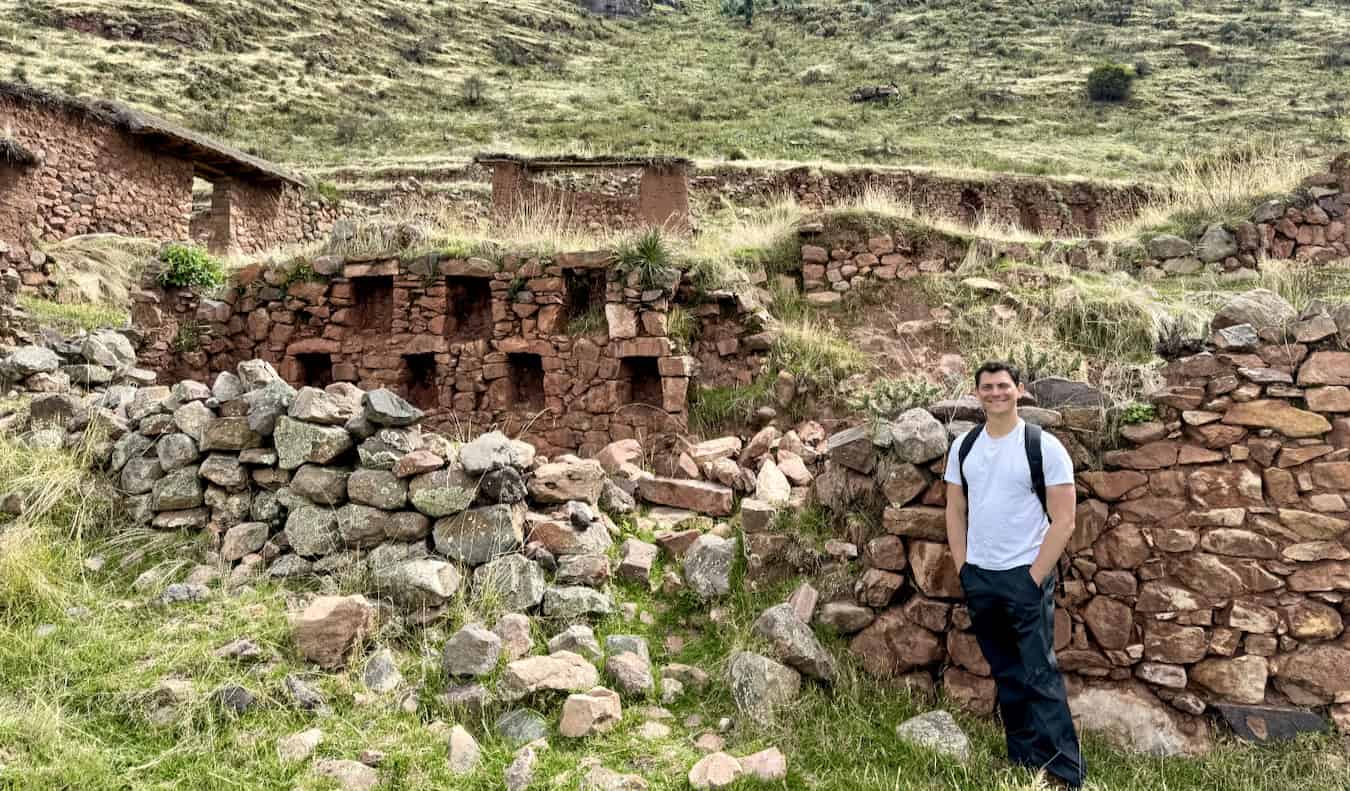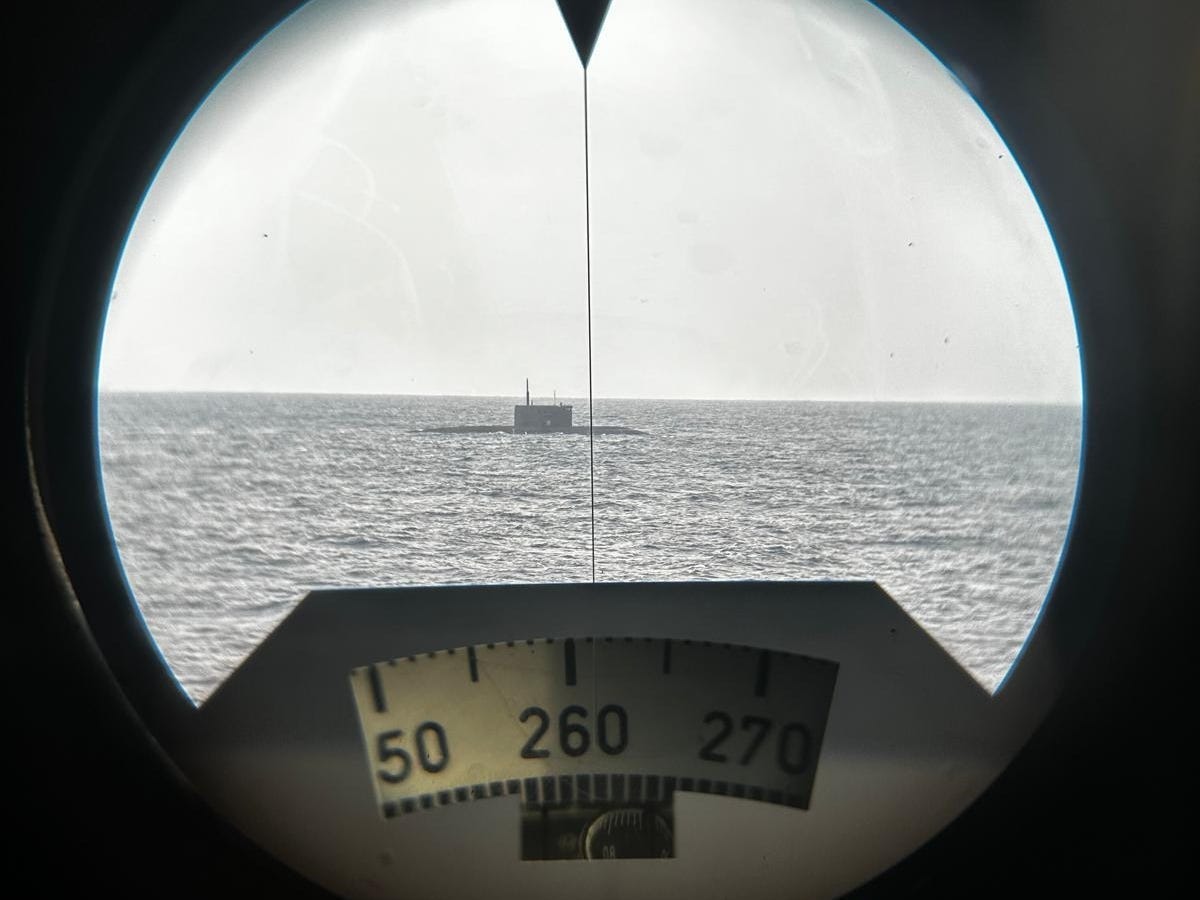Trains and wine make natural partners, be it a glass of crisp white over a leisurely lunch in a restaurant car while cruising through the Alps or a rail itinerary that meanders through a region noted for its fine wines. Many of Europe’s most prized wine regions lend themselves naturally to exploration by rail.
Take the train from São Bento station in Porto to Pocinho, for example, for fine views of the estates that have underpinned the port trade. Other classic European wine regions where trains weave through vineyards include Tokay in Hungary, Germany’s Moselle valley, the Ebro valley in Spain (for fine Rioja) and Switzerland’s Lavaux region where one grand cru white, made from Chasselas grapes, even plays up the rail connection: the Massy family’s classy Dézaley is called Chemin de Fer.
North from Avignon to Valence
It is a tempting rail-wine connection that brings me to Avignon on a damp early spring day, to explore the Rhône valley. Few travellers are around. Avignon Centre railway station looks handsome with its yellow and white walls. This is the jumping-off point for the regular slow trains to Lyon (a journey of two and a half hours). This regional rail route once carried grand express trains, but no longer. The TGVs dash north to Paris on a high-speed line that tracks well east of the Rhône valley. Only regional trains stick to the old valley route, along the way taking in a roll call of grand appellations that line either side of the Rhône as one follows the railway upstream from Avignon. The railway passes Châteauneuf-du-Pape and Hermitage, while later in the journey there are fine views across the river to Condrieu and Côte-Rôtie.
Slipping out of Avignon Centre on the blue-and-white train bound for Lyon, there are views to the left of the city’s ancient walls, then we cross the Canal Crillon. We have barely left Avignon’s suburban sprawl when we pause at a station called Sorgues-Châteauneuf-du-Pape. Not a vine in sight, but a few moments later, the distinctive low hill which is home to Châteauneuf-du-Pape’s classiest vineyards is visible away to the west, while on the other side of the railway the rough Provençal countryside stretches east to the Vacqueyras wine district and, in the distance, the hill country around Gigondas and Beaumes de Venise, the latter noted for its aromatic Muscat.
Our train loops slightly west to serve Orange, after which we have our first real encounter with the main channel of the River Rhône. It isn’t all pretty – we pass cement works, graveyards of abandoned cars and nuclear power plants.
Halfway through the journey, I stop for lunch in Valence where the elegant design of Valence Ville railway station recalls the architectural idiom of the Grand Trianon at Versailles. I know this route well, and in either direction a stop at Valence is mandatory. Coming from the north, it’s the first town that embodies the energetic vitality of the scented south of France, and heading north it’s a chance to bid the south adieu. And embrace the famous vineyards that lie ahead.
Beyond Valence, the valley sides close in and the countryside, now a little greener, hosts vineyards from which come powerful red wines made from the Syrah grape, and many opulent whites, the best of which reflect the finesse of three very contrasting grapes: Marsanne, Roussanne and Viognier. The latter brings the prospect of a heady perfume of orange blossom, apricots and almonds.
Northern Rhône vineyards
Leaving Valence, there’s a view over the Rhône to Cornas, renowned for its assertive, peppery reds. Then we cross the River Isère and soon we are cruising past a litany of celebrated vineyards. Signs mark the prized parcels of land owned by illustrious winemakers like Chave, Chapoutier and Jaboulet.
There’s a neck-craning view of a chapel high on a slope above the railway. Not any chapel but the one which dominates a parcel of land in Hermitage known as La Chapelle, associated with revered red wines that develop gently over decades in the bottle.
To the left, the slow-flowing waters of the Rhône and to the right the gentle slopes draped with vineyards of the Crozes-Hermitage appellation. Across the river is Saint-Joseph. But the best is yet to come. For lovers of the Viognier grape, and I count myself among their number, the high point of this journey is Condrieu and Chateau-Grillet. The steep slopes of both appellations are visible on the other bank of the river as we approach the station at Saint-Clair-Les Roches where I stay overnight in the Hotel Bellevue (doubles from €115, room only).
It wins no prizes for architectural ambition, but among the hotel’s many redemptive qualities are a Rhône view as fine as its name implies, good food, and access via a bridge over the river to the Condrieu vineyards on the west bank.
“We call that Guigalville,” says the waiter at the hotel gesturing to the vineyards over the river and referring to the family who have done so much to promote the wines of Condrieu and neighbouring Côte-Rôtie. So the next day, I take a local bus to Ampuis to visit the Guigal estate and taste some local wines.
The Condrieu is a star, with its perfect balance of acidity and fruit. Then it’s back to Saint-Clair and the onward train north up the valley to Lyon. There’s a tantalising view across the river to the turreted Château d’Ampuis, home of the Guigal family. Our train pauses at Vienne, a riverside town famous for its Roman remains. Then we run non-stop to Lyon, a hop of 20 minutes, passing through Seyssuel where ambitious young winemakers are buying up land amid rumours that its wines could offer all the finesse of Condrieu and Côte-Rôtie.
Now the last of the vineyards are gone and we enter Lyon, passing factories and oil refineries, power stations and sewage works. I note that the train I am on continues beyond Lyon to Mâcon, giving the option of extending my wine tour north to include Beaujolais and the southernmost portion of the Mâconnais.
I am tempted, but Swiss whites beckon, so I alight at Lyon and make tracks for the Lavaux region on the north side of Lake Geneva (Lac Léman) where I have an appointment with a glass of Luc Massy’s grand cru Dézaley Chemin de Fer.
Travel details
There are 11 direct regional trains each weekday from Avignon Centre to Lyon. The service is less frequent at weekends with nine direct trains on Saturdays and seven on Sundays. The one-way fare from Avignon Centre to Lyon Part Dieu via the Rhône valley is €40.70. Purchase at the station before departure or in advance via Rail Europe for £36 (tickets priced in sterling no longer carry a booking fee).
Nicky Gardner lives in Berlin. She is co-author of Europe by Rail: the Definitive Guide (Hidden Europe, £18.99). To support the Guardian and Observer, order your copy of the 17th edition from guardianbookshop.com. Delivery charges may apply.






